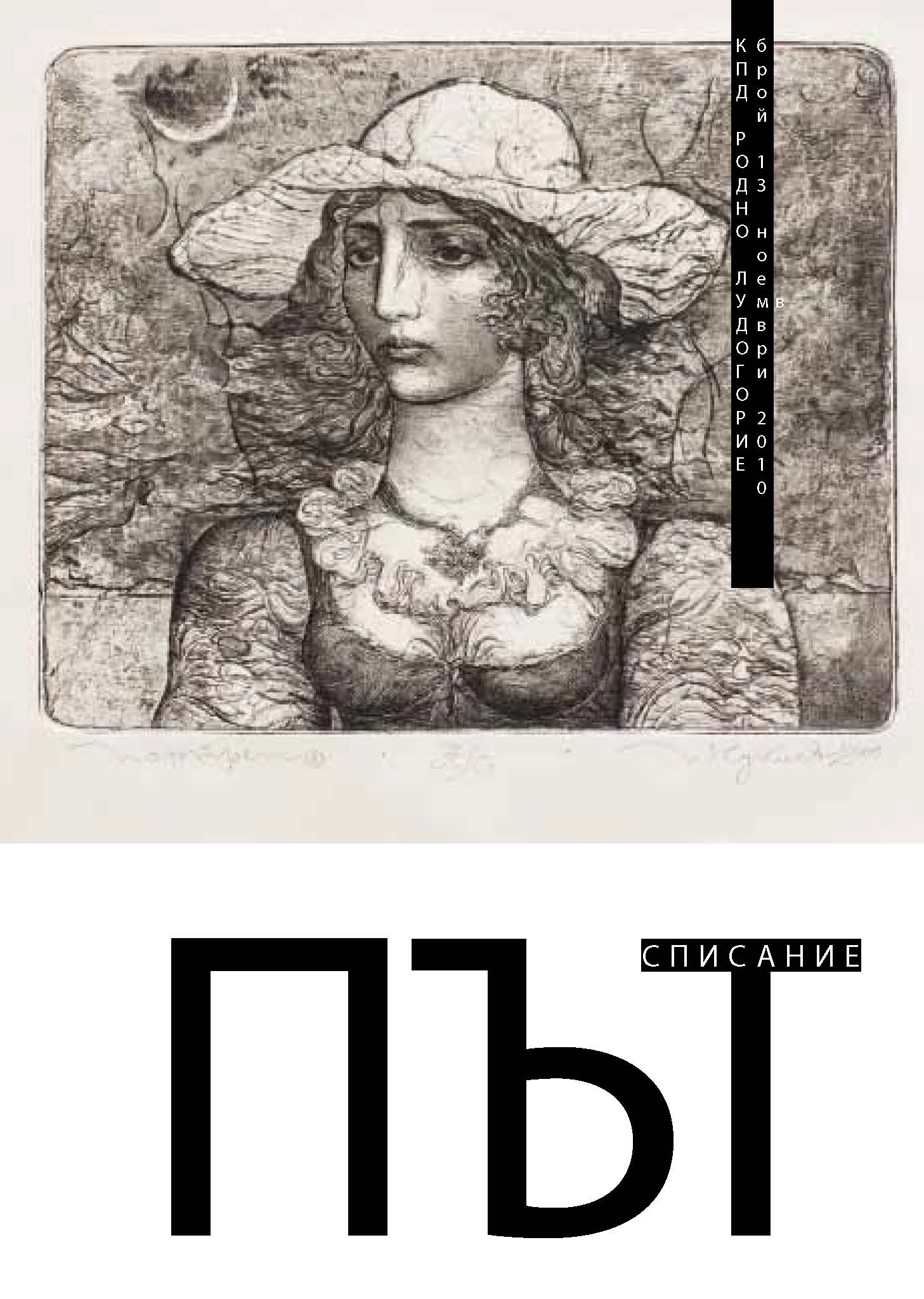
We kindly inform you that, as long as the subject affiliation of our 300.000+ articles is in progress, you might get unsufficient or no results on your third level or second level search. In this case, please broaden your search criteria.

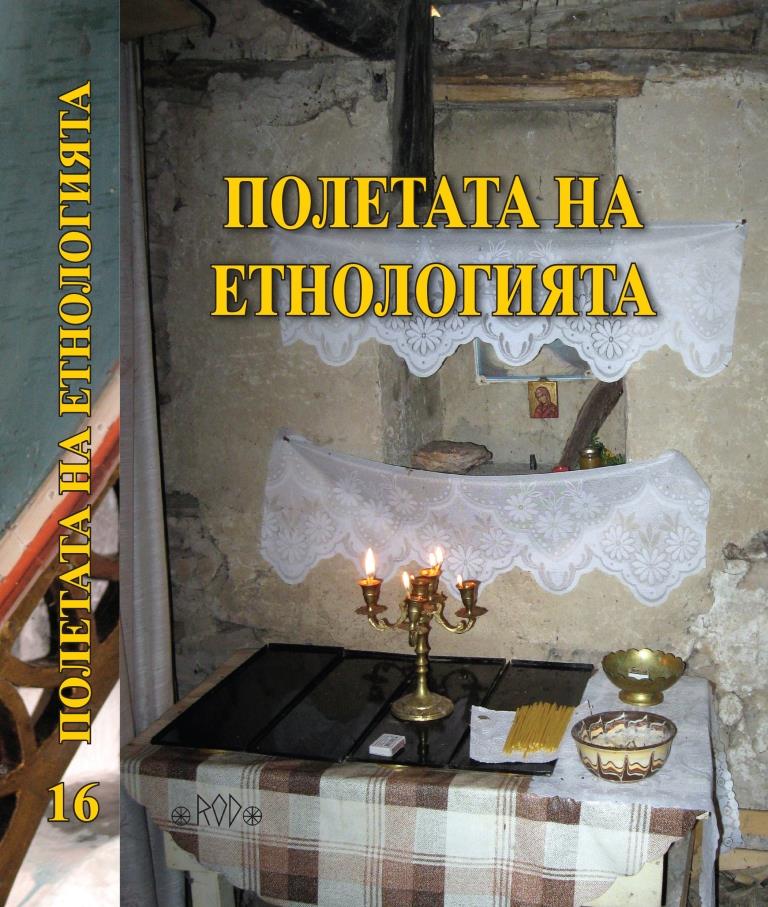
An attempt has been made to search for an explanation of the existence of a rock relief depicting animal heads near the town of Sliven through ethnology point of view. Initial specious speculation has been made in accordance with the se¬mantics of the depicted images. They were possibly part of an ancient rock sanctuary. The ancient origin of these depictions has been brought into question because of the lack of preserved information in the local knowledge, their topographic position, which distinguishes them and its immediate vicinity to the town of Sliven and to an ancient settlement. The appearance of an eventual contemporary “author” claiming that it is his work puts many questions for discussion.
More...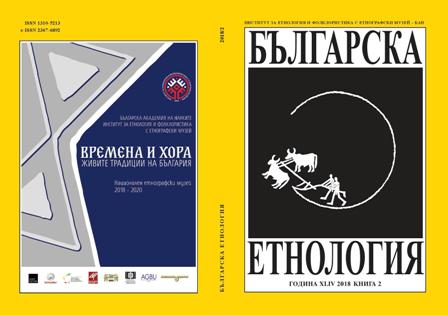
The paper analyzes the symbolic layers in the major commemorative ceremony in Bulgaria – the roll-call. It is divided in two parts. The first one (Bulgarian Ethnology,2018, no. 1) interprets the symbolic actions comprising the basic tools for producing ceremonial meaning: saluting and rendering military honors, ritual silence and lack of action, battle cry, ceremonial mise-en-scène (monument, guards of honor, etc.) – these are recognized as specific devices for removing symbolically the border between the living and the dead, between heroes and descendants. The second part examines the ceremonial scenario as a prospectively unfolding narrative – each symbolic action is interpreted as a successive move in the overall plot. This approach acknowledges that the ceremony is made up of three parts: preparatory, commemorative, and triumphal,whereas the scenario as a whole embraces the following logic: listing and honoring the heroes in the commemorative part is succeeded by their posthumous enwreathing and symbolic immortalization as stars in the night sky through the use of fireworks.
More...




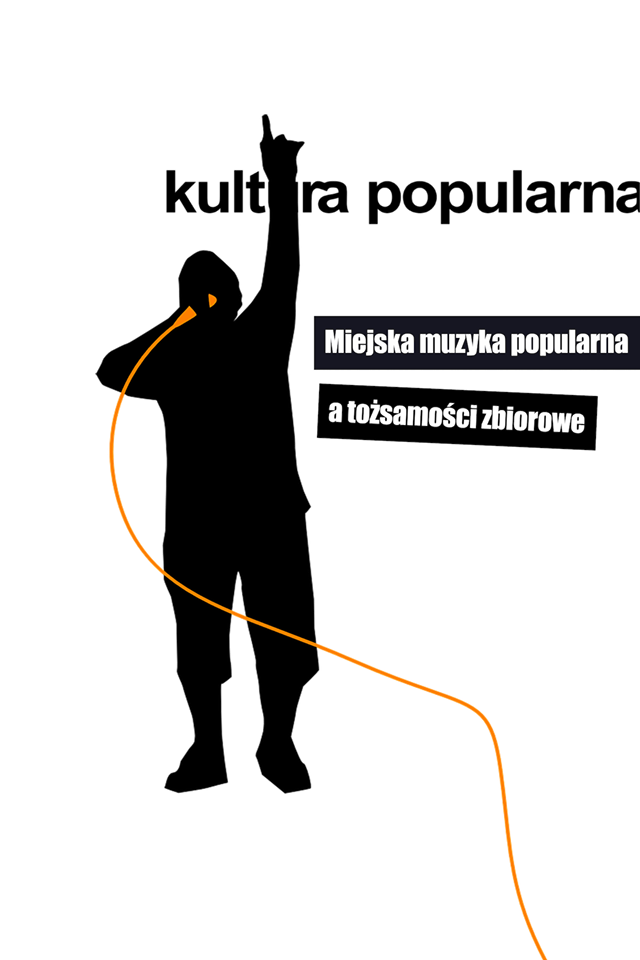
The “invented” Muslim-migrants became contemporary “folk devils”. They are portrayed by the media – which play a crucial role in this process – as deviants, who pose a threat to the social order, national culture and values shared by all the Polish people. Thus, refugees, perceived en masse as Islamic fundamentalists, became an object of media symbolization. This mechanism allows for a mobilization against those who would like to welcome refugees to Poland – various traitors of the fatherland, lefties, liberals, post-communists or opposition politicians, who “collaborate” with the European Union and the Venice Commission. Paradoxically, the hunt for “Muslim witches” does not intend to eliminate them, but rather discursively construct them through moral panic. The Islamophobic rap demonstrates the relationship between the Polish and the followers of Islam through binary oppositions. The Muslims and the Polish are presented as two antagonistic civilizations, although the positive connotations of this notion are rather reserved for the Polish Catholics, the sole guardians of the Christian Europe. Within this narrative the category of “Muslim” (Islamist, Arab, refugee, etc.) is essentialized, as well as the category of the “true” Polish (patriot, Catholic, heterosexual man, etc.). Anti-Muslim rappers firmly announce that if Poland decided to accept any refugees, the Polish would become a minority in their own country, stripped of their culture and faith, possibly even persecuted. They seek evidence for such extraordinary claims in the alleged transformations that other European states underwent. These radical changes are the result of an array of criminal policies introduced by the European elites, who consciously unleashed an ideological war, instrumentally utilizing Muslims as a weapon.
More...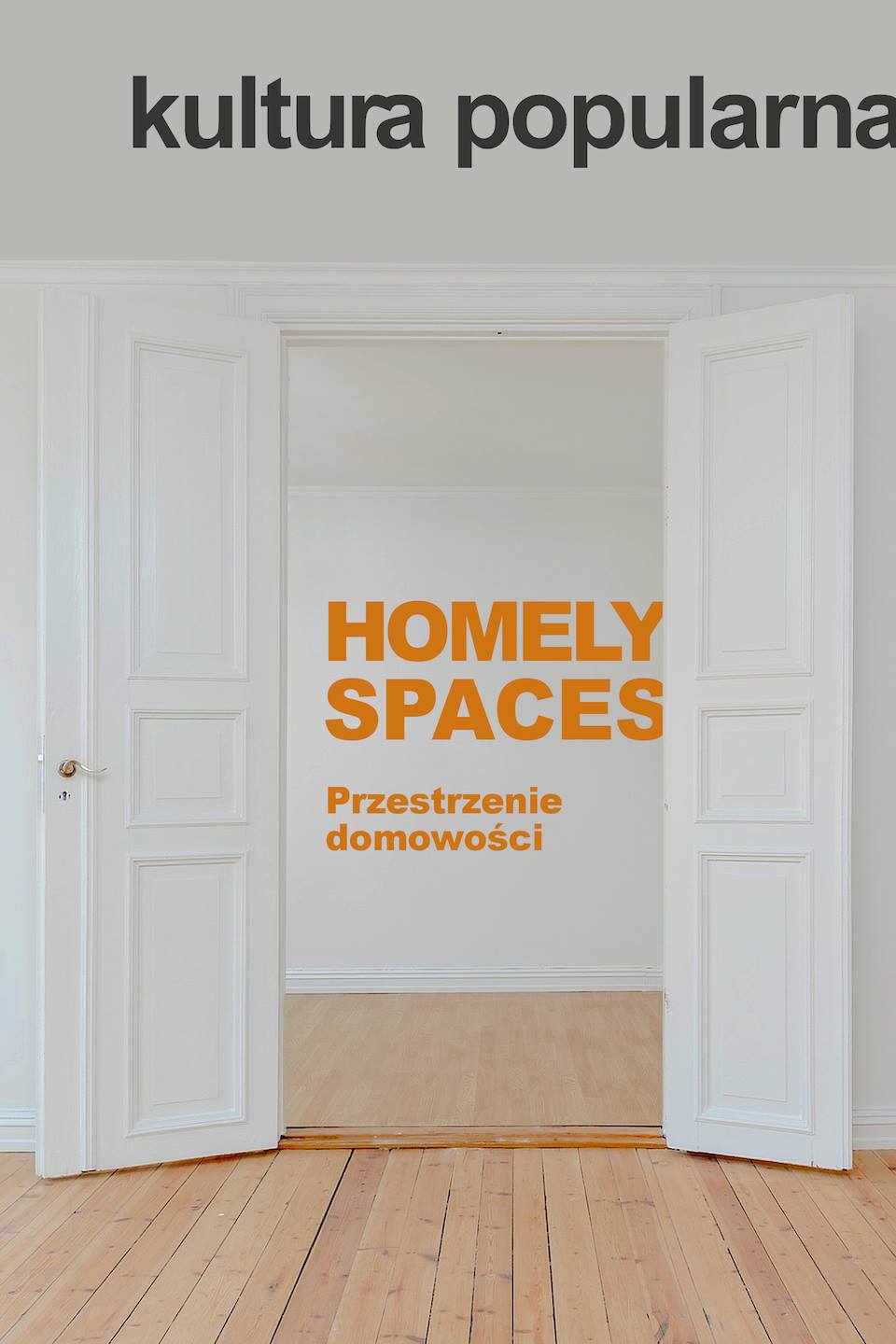
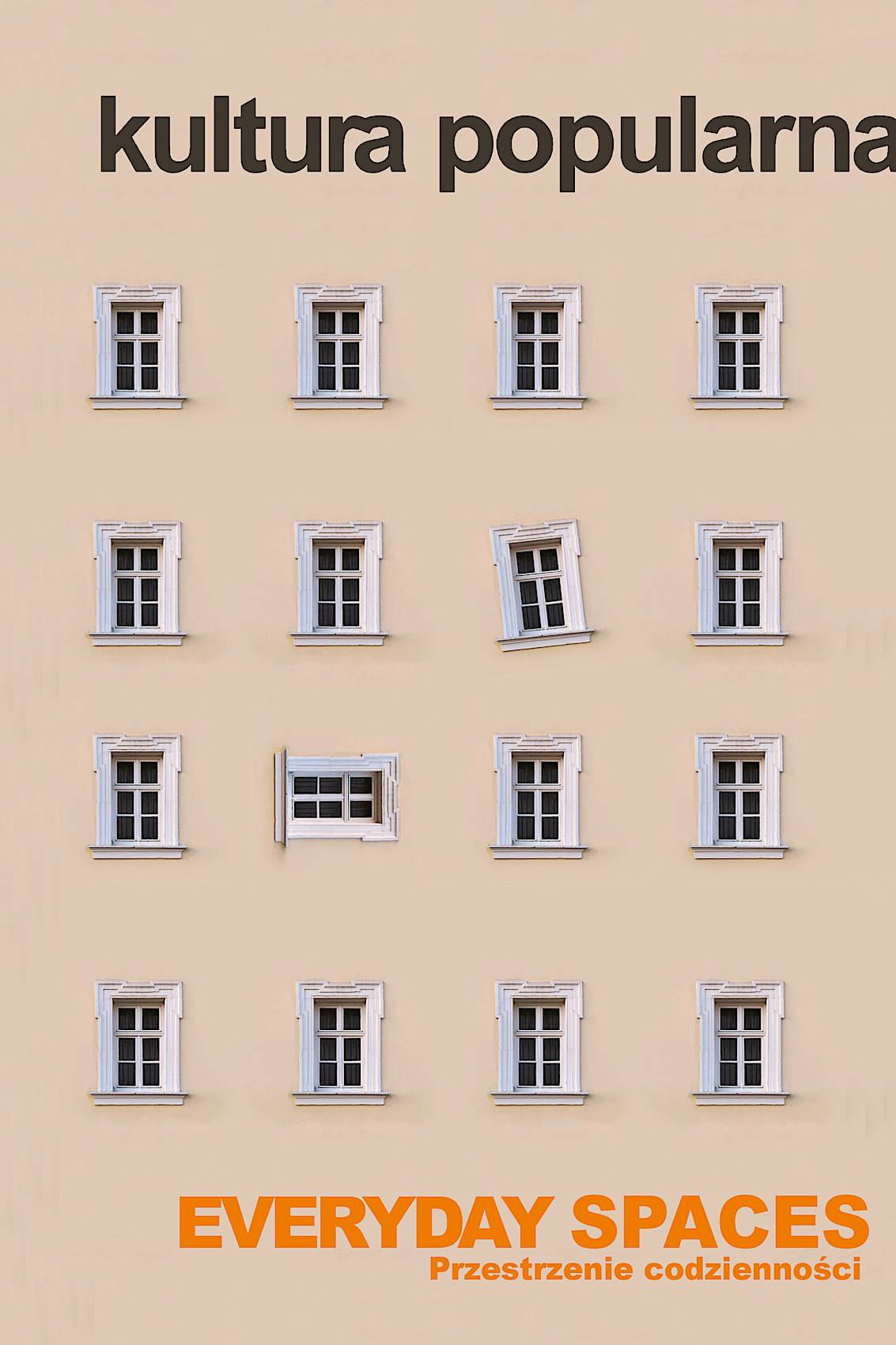
The aim of this article is to scrutinise the problem of alienation and dislocation in the context of homeliness and norm in the United States after World War II in Patricia Highsmith’s (1921-1955) Strangers on a Train and The Talented Mr Ripley. The author examines normality and oddity with respect to the main characters’ home environment and their relations with other protagonists. The emphasis is placed on the analysis of Charles Anthony Bruno from Strangers on a Train (1950) and Tom Ripley from The Talented Mr. Ripley (1955), psychopaths and killers, depicted as unfulfilled artists, marginalized by their community, mostly due to their homosexual inclinations and extravagant behaviour. The author of the article is going to show how Highsmith’s protagonists, being homosexuals and strangers, are exposed to the suspicious examination of an orthodox society that hounds them. As a lesbian, the writer was imbued with a feeling of social non-conformity and her status as an American living in Europe also marginalized her, making her as much of an outsider in her chosen home as she had been in her country of birth (Fort Worth, Texas). The author of this article is going to prove how Patricia Highsmith’s living in deeply conservative American society affected her depiction of fictional homes and the creation of the characters who operate outside the norm and live on the fringe of society.
More...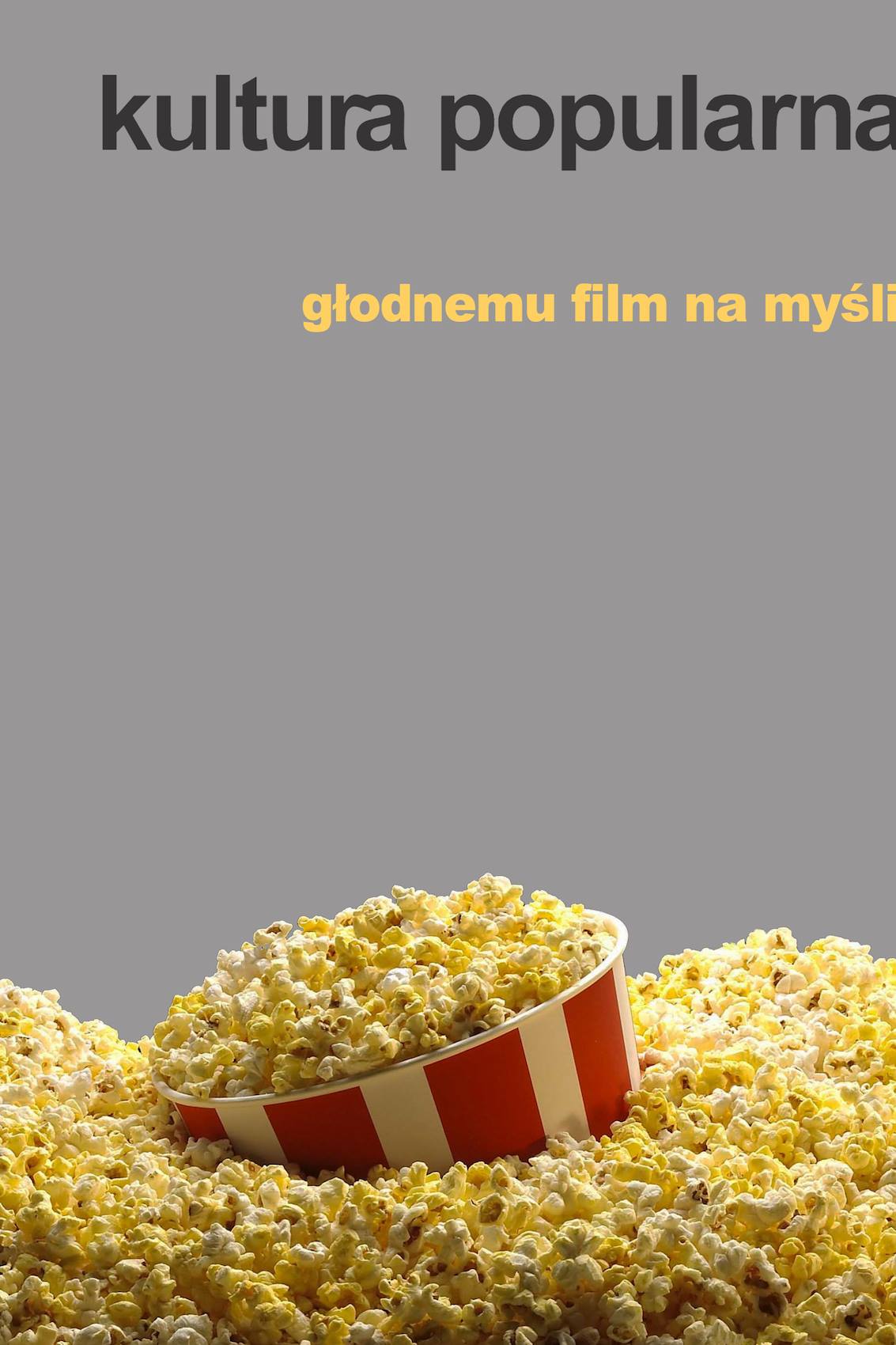
La complexité en mosaïque se définit par l’application de deux grands principes: juxtaposition d’éléments semblables, puis intégration de ces éléments dans un ensemble plus vaste dont ils constituent alors des parties. Comme dans une mosaïque au sens artistique du terme, les parties intégrées conservent alors une autonomie par rapport à l’ensemble. Cette conception, directement inspirée de l’anatomie des êtres vivants, peut aussi s’appliquer à divers traits culturels. Ainsi on peut montrer que sont des structures en mosaïques: le langage humain, la fabrication d’artefacts comme les objets techniques, la construction des villes, divers aspect du comportement animal etles bases de la morale. La dialectique philosophique elle-même est construite selon un schéma en mosaïque de juxtaposition, puis intégration. L’ensemble des exemples donnés dans cet article montre qu’au-delà de son adéquation à l’anatomie des êtres vivants, le modèle de la complexité en mosaïque peut aussi s’appliquer aux phénomènes d’ordre culturel.
More...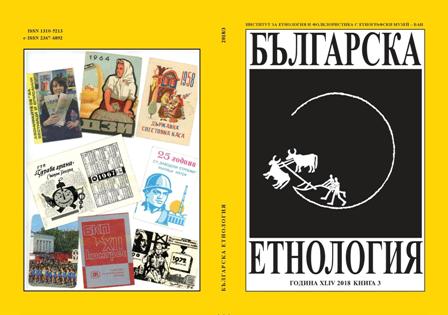
The article looks into the festivals for “heavy” music in Bulgaria. The primary hypothesis, proven by the study, is that such events assist in the development of the settlements in which they are hosted, and benefit their residents in many fields,in particular tourism and local economy. The article focuses on the main “actors“ –the fans and the local community, based on a particular case. The festival “Kavarna rock“ is chosen as an example of a most successful event of this genre in our country, with 11 years of history. The study of the opinions of the fans and the residents, the organization and the evolution of the festival over the years of its life time, the issues that have had to be resolved, add up to a comprehensive picture of such events in our country. Even though the event is no longer being organized, the results achieved are an example of development of an alternative form of tourism in our country, which is still underdeveloped.
More...
The study presents the interactions between the amateur art atelier SedyankaTA and the Institute of Ethnology and Folklore Studies with Ethnographic Museum. Thereby, I propose a possible perspective onto the topic of exhibiting in the Ethnographic museum nowadays. Atelier SedyankaTA is an informal group who aim to preserve and pass on to younger generations the traditional techniques of bobbin lace tatting, kene needle lace, frivolite and embroidery. Such informal groups are important for the sustainability of the museum’s space as a place for communication together with its role as a public institution. The dialogue with museums’ publics changes in the function of the Ethnographic museum as a contemporary center for research and education.
More...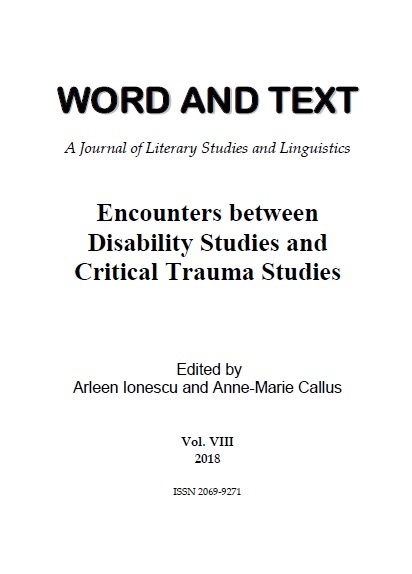
This article explores Borderline Personality Disorder (BPD) as an epistemic standpoint defiant of dominant Western knowledge frameworks, which are (supposedly) rational, objective and linear. I engage with feminist, critical psychiatry and Mad critiques of BPD as a medicalization of trauma and ameliorate these critiques by engaging BPD as both a psychiatric diagnosis and as a (non-pathological) response to traumatic experiences. I conceptualize the ‘borderline standpoint’ as a subversive epistemology and examine the capacity of queer-crip temporalities to meaningfully engage with the borderline standpoint, arguing that a framework of queer time is useful insofar as trauma (and borderline knowing) are necessarily nonlinear. Ultimately, I employ concepts of queer-crip time, including the works of Alison Kafer and Elizabeth Freeman, to open new avenues of engagement with the ‘ugly’ affect of borderline and to embark on a maddening epistemological project.
More...
While scholars have mined Laurence Sterne’s Tristram Shandy to understand the form and development of the novel as a literary genre, a central narrative element that has garnered significant scholarly attention is Tristram’s troubled Uncle Toby ‒ a veteran of the Nine Years War who bears a mysterious wound in the groin and who is obsessed with understanding war through the construction and use of miniature battle re-enactments. By recognizing Uncle Toby as a central character of Tristram Shandy and by contextualizing the novel as war literature, this essay demonstrates that Uncle Toby’s struggles to express his ambiguous trauma suffered as a soldier become a critical commentary on the social structures and circumstances that lead to the experiences of wounded veterans. Situating Tristram Shandy in the context of war literature, this article reveals how Toby’s character plays on Enlightenment conceptions of honour and valour as motivators for soldiers. Furthermore, the article argues that applying the theory of Moral Injury (long present but largely unnamed in war literature), rather than the tempting diagnosis of Post-Traumatic Stress Disorder (PTSD), allows for a more holistic understanding of Toby’s critical commentary.
More...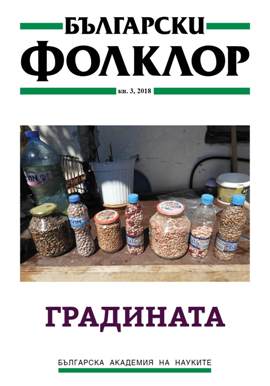
The first part of the article presents the theoretical and methodological basis of the study of interconnections and interactions between the social and plant world in gardens, with an emphasis on the concept of biocultural diversity. Experience from collaborative field studies of ethnologists and botanists has been shared. The second part presents observations and reflections on the garden as a multilayered topos: an economic but also an aestheticized place; a place of conservation of genetic resources and knowledge, but also of experiments and innovation; a place where the diversity and composition reflects social relations, hierarchies and conflicts, social mobility and migration, memory of important events and loved ones, cultural orientations and values. The analysis shows that the garden is characterized by constant doing and incompleteness, that it is a place where people bring together different spaces and times and that each garden has its own biography that reflects the life trajectories of its owners.
More...
The article considers urban gardens as a typical urban farming practice, with a high potential for organizing social energy and the emergence of intensive and sustainable social relationships in time. There are four models for urban gardens, which were created on different occasions but successfully implemented by non-governmental organizations on the territory of a metropolitan municipality. The article reveals the specificities of the functions that urban gardens perform and proves that the non-governmental sector has a huge role to play in promoting urban farming practices and unleashing the potential of urban gardens. Through in-depth interviews, the enthusiasm and the high social commitment of people who have implemented urban gardening initiatives are demonstrated. The models presented could be implemented as examples of the deployment of urban agriculture in the capital.
More...